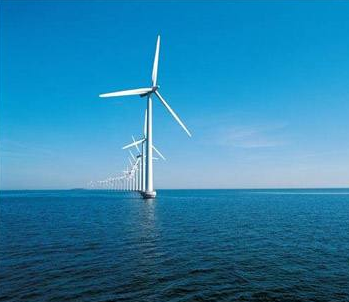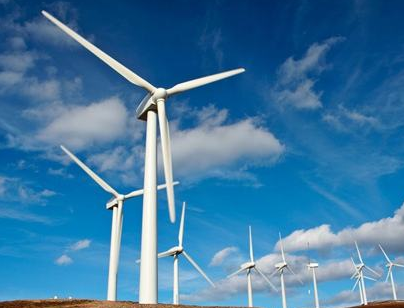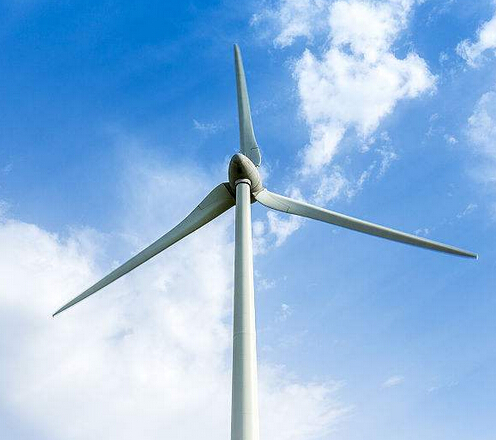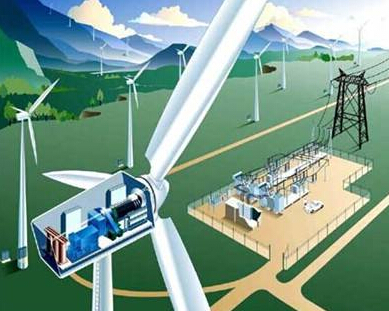According to industry statistics, from January to June 2018, the newly added wind power grid-connected capacity of the country was 7.94 million kilowatts. By the end of June, the accumulated wind power grid-connected capacity reached 171.6 million kilowatts. From January to June, the national wind power generation capacity was 191.7 billion kilowatt-hours. The growth rate was 28.7%; the average utilization hours was 1,143 hours, an increase of 159 hours compared with the same period of the previous year, an increase of 16%; from January to June, the national abandonment of wind power was 18.2 billion kwh, a year-on-year decrease of 5.3 billion kwh. In the first half of the year, the rate of abandoned wind was only 8.66%, down 5% year-on-year.
The abandonment phenomenon has occurred in countries with large wind power installations such as Europe and the United States, but the large-scale long-term high abandonment rate is the most prominent in China. The geographical mismatch between wind energy resource distribution and power load distribution is the main reason. one. The problem of abandoning wind involves the entire industrial chain of wind power generation, and the state has proposed corresponding policy measures for each link. Since the third quarter of 2016, the national average abandonment rate has entered a continuous decline channel.

In addition to the continuous improvement of the abandonment phenomenon, the significant changes in the other two aspects of China's wind power industry in the first half of this year are worthy of attention. First, the number of provinces (regions) with a wind curtail rate of more than 5% has dropped from 8 provinces (districts) in 2017 to only Inner Mongolia, Jilin, Gansu and Xinjiang provinces (districts). Secondly, the structure of newly installed wind power installations is optimized at sea. The development of wind power is fast. In the first half of the year, the northeastern, Inner Mongolia, and northwestern regions with more difficult wind power consumption difficulties added a total of 2.75 million kilowatts of grid-connected wind power capacity, accounting for 35% of the newly added wind power grid-connected capacity in the country; the rest of the wind power grids are in areas with large power demand. Accounted for 65%, the new grid-connected layout of wind power is more consistent with the power demand.
















 RCCN WeChat QrCode
RCCN WeChat QrCode Mobile WebSite
Mobile WebSite







